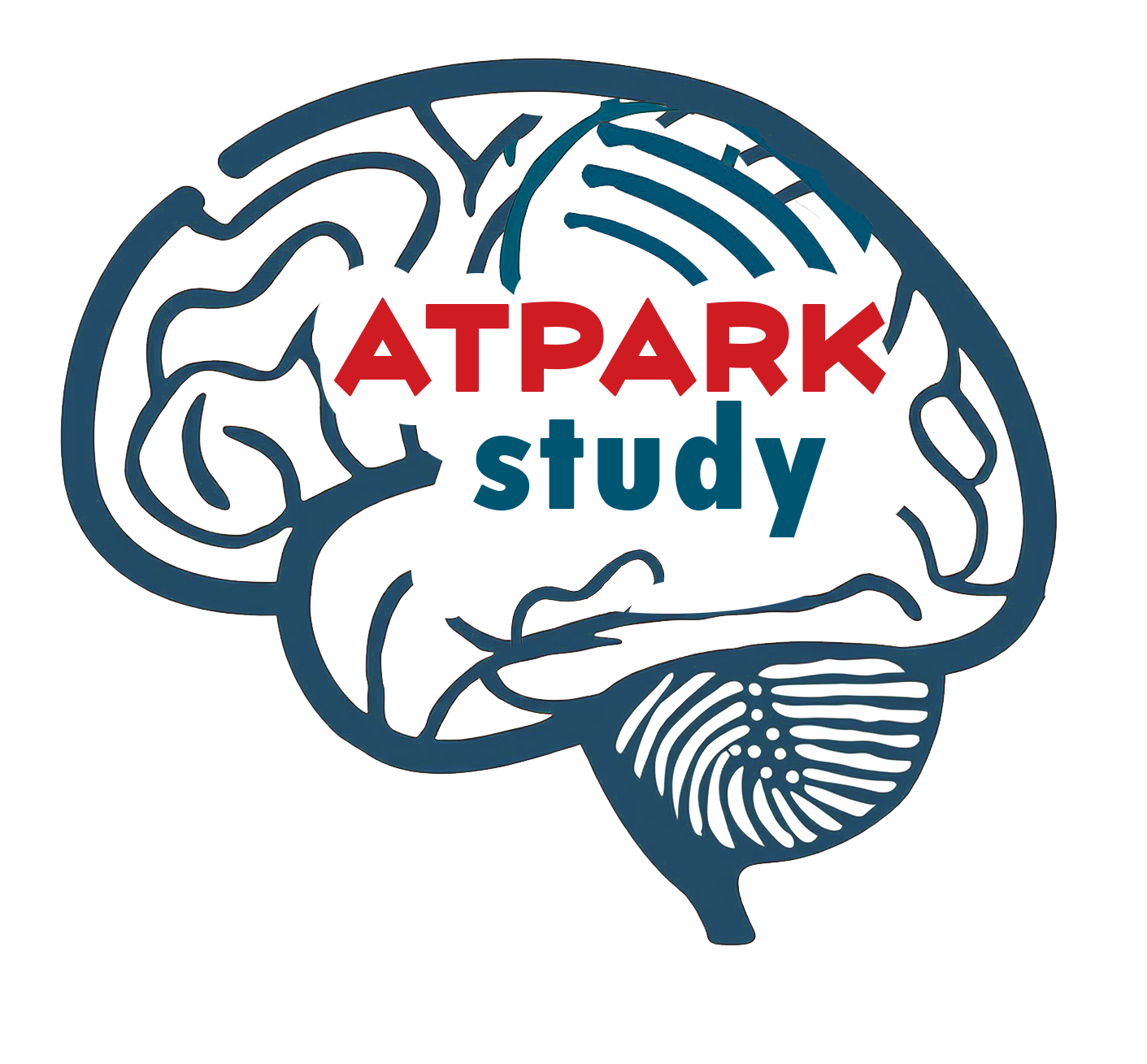Atypical Parkinsonian (AT)
Atypical Parkinsonism (AT) syndromes are a group of progressive neurodegenerative disorders that are one of the leading causes of fatality and dementia in the elderly. Progressive supranuclear palsy (PSP), Multiple system atrophy (MSA), Corticobasal degeneration (CBD), Normal pressure hydrocephalus (NPH) and other overlap syndromes are the significant types of these AT. Globally the understanding and managing these disorder remains challenge. In this longitudinal study, we are prospectively recruiting a large cohort of patients with AT and thoroughly characterizing them by detailed clinical phenotyping. We perform clinical assessment, genetic evaluation, neuroimaging using advanced MRI techniques, biological sampling for biomarker testing, sleep studies (PSG), Optical coherence tomography (OCT), and cell based studies (IPSCs). In this ATPARK study patients will then be followed up and periodic assessments for the previously recorded parameters at baseline and at least one or two times over the next 3 years up to a maximum till the study duration. This data will be used to identify patterns and changes and help us prepare disease-specific models for phenotype, genetics, biomarker, and neuroimaging. This unique native dataset on atypical parkinsonism disorders will provide a better understanding of risks and demography and advance information on biomarkers.
OBJECTIVE
- To make a native cohort of fully characterized atypical parkinsonism patients with all the clinical disease-defining inclusions with comprehensive ancillary investigations for understanding and prognosticating these disorders.
- Can biochemical and immunological markers predict the disease progression and severity in patients with Atypical Parkinsonism?
- Do atypical parkinsonian patients show any unique clinical, imaging electrophysiological, sleep disturbances, and eye movement signature with the progression of illness?
- Whether these changes affect the structural and functional changes in the diseased brain?
- Can these factors be used in accurate diagnosis and aid in developing new interventions?
BACKGROUND
The global burden of dementia is expected to reach 175 million cases by the year 2050. There may be a 200% increase in dementia cases in India as per the Global Burden Disease (GBD) study. Atypical Parkinsonian syndromes form 3rd largest group of neurodegenerative disorders and are a significant cause of cognitive decline among the elderly. The pathology observed in autopsy studies has demonstrated abnormal protein deposition and characteristic patterns. The main types of protein patholobiology described along with the clinical phenotypes are are 4R tauopathy (Clinically-progressive supranuclear palsy (PSP), corticobasal degeneration (CBD), Pick’s disease (PiD), globular glial tauopathy (GGT), aging-related tau astrogliopathy (ARTAG)), primary age-related tauopathy (PART), argyrophilic grain disease (AGD). Then the group is 3R (Picks disease) Tauopathies, synucleinopathies (Multiple System Atrophy Parkinsonism and Cerebellar type),TDP 43 pathies, Amyloidopathies, etc.
Progressive supranuclear palsy (PSP) is a progressive neurodegenerative disorder, which constitutes the second most common cause of Parkinsonism after Parkinson’s disease (PD). PSP tauopathy primarily defined by abnormal aggregation of tau protein in the basal ganglia, brain-stem, and diencephalon in the form of globose-type neurofibrillary tangles (NFT), neuropil threads, oligodendroglial coiled bodies, and tufted astrocytes. Microtubule-associated protein tau (MAPT) gene is the sole producer of tau protein in the brain. Earlier, familial aggregation in MAPT was proposed in the pathogenesis of PSP, which was thought as the highest risk loci for PSP.
Multiple system atrophy (MSA) is an adult-onset, sporadic, rapidly progressive neurodegenerative disorder. MSA is pathologically characterized by cell loss, gliosis, and abnormal alpha-synuclein cytoplasmic inclusions in oligodendroglia of several central nervous system structures. Clinically, MSA is characterized by Parkinsonism, cerebellar signs, pyramidal signs, dysarthria, urogenital, cardiovascular, gastrointestinal, thermoregulatory, and pupillary autonomic dysfunction, cognitive dysfunction, behavioral disturbances, and sleep disturbances.
Cortico-basal syndrome (CBS) or Cortico-basal ganglionic degeneration (CBD/CBGD) is one of the parkinsonian plus syndromes and a rare, sporadic, and heterogeneous neurodegenerative disorder. It usually occurs over 60 years in an adult population. The pathology involves asymmetrical cerebral atrophy in parietal and pre-frontal regions; degeneration in striatal putamen and substantia nigra. The other parkinsonian plus syndromes like PSP, FTDP-17; including CBS are grouped under tauopathies. CBS has pathological features of abnormal deposition of 4-repeat Tau in the hyperphosphorylated form in the glia and neurons. Histopathological evidence shows neurofibrillary tangles representation
